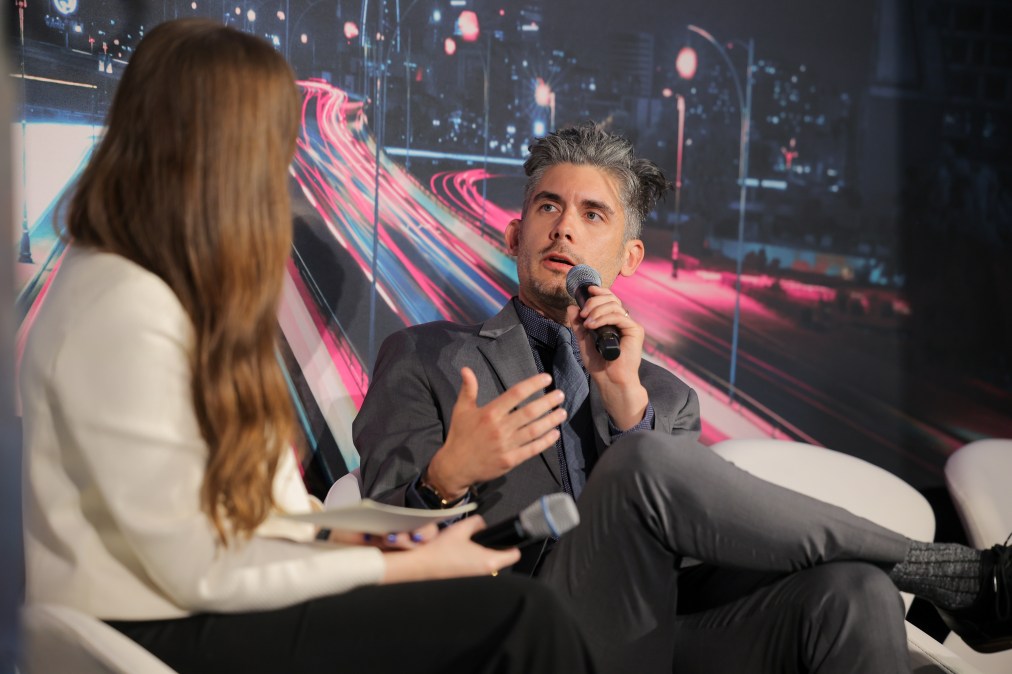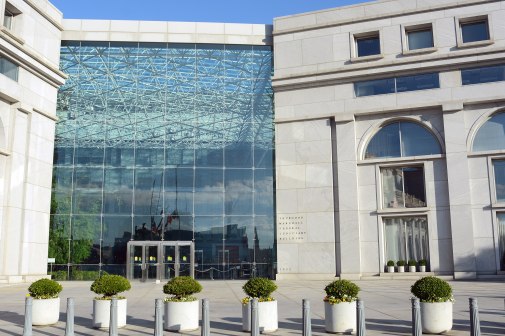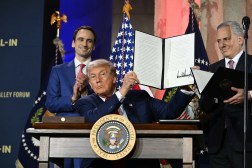U.S. court system eyeing AI use cases for access to justice, cost savings

The federal judicial branch is exploring uses of artificial intelligence aimed at promoting access to justice and cost efficiencies, a judiciary official focused on the technology said.
Paul Drutz-Hannahs, the AI pilot lead at the Administrative Office of the U.S. Courts, told FedScoop in a recent interview that the court system is — much like the other branches of government — looking at the technology to improve its operations. Those efforts currently involve working with the individual courts to figure out what they need.
“We are aware that across the country there are different district courts with different local business needs,” Drutz-Hannahs said. “So a lot of what we are doing right now is working with our customer base — the federal courts — to understand what AI could potentially do … to help their work.”
The federal judiciary is unique in that its structure is federated, giving each court a fair amount of latitude in its operations. That presents a different environment than executive branch agencies, many of which have adopted policies and use cases for their entire workforce.
But the independence of courts is something that Drutz-Hannahs counted as a strength for the judicial branch. He likened it to the concept of states as laboratories of democracy, in which one state will try something that others will learn from and follow.
“It can be similar with the federal courts in that we might have a district court somewhere that tries something because it has an autonomy and it’s able, because of its scale, to be a little more nimble … than perhaps a nationwide product would be, and consequently, we can learn from those quicker,” he said.
Drutz-Hannahs’ comments came during a fireside chat about the judiciary’s AI use at FedScoop’s AI & Tech for Government: Innovation In Action event last week.
As an example of a type of use case that the federal courts are looking at, Drutz-Hannahs pointed to chatbots, which he said could provide the public with a mechanism to ask questions after hours or when offices are closed.
“That’s just an example of a use case where we’re aware of potential opportunity and upside to using these technologies, but I will always come back to the risk management side of our equation, too,” Drutz-Hannahs said.
Unlike private industry, the judiciary has a responsibility to public trust, he explained.
“You will often notice that we are proud of the fact that our risk tolerance is lower in the private industry,” Drutz-Hannahs said. “Our risk tolerance is lower than even perhaps on executive branch agencies, and that’s because we are safeguarding public justice and access to justice.”
While the judiciary historically hasn’t been on the leading edge of technology, advancements were made during the pandemic when they were needed to continue moving cases forward safely, such as the adoption of remote video participation.
When asked how the rapid adoption of new technology has compared to the current AI moment, Drutz-Hannahs said the spirit of innovation from the pandemic-era has lingered.
“I think there’s been an interesting linkage in these two moments where we are seeing some lingering desires to innovate, perhaps more than it was before culturally,” Drutz-Hannahs said.






